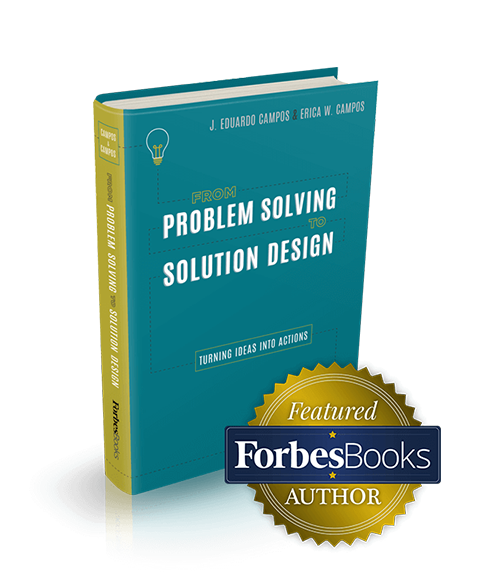Life can be overwhelming. There always seems to be something else to work on. In order to deal with the workload, you have to prioritize, which itself can be quite the task. The question then becomes, “How do you prioritize?” Should you work on project A or project B today? Should you send that email that’s been nagging you for days or finish the task that’s due next week? The best way we’ve found to prioritize is to differentiate between important and urgent problems, and we like to create a simple chart to help us distinguish what type of problem we’re facing. We create four quadrants and place the tasks at hand in one of the squares:
- Low Importance/Low Urgency
- High Importance/Low Urgency
- Low Importance/High Urgency
- High Importance/High Urgency
Importance can be measured in terms of cost, in terms of effectiveness, in terms of political support, or in terms of administrative visibility. For urgency, you can use implementation time, or risk exposure (e.g., if the problem is a matter of reputational or legal risk).
After establishing the prioritization criteria, you then have to attribute a secondary level of prioritization. What piece of criteria should weigh more in your problem-prioritization process? Would it be immediacy? Maybe current cost levels? The more critical the item is for you, the higher the weight. Keep it simple, and it should work even for the most complex situations.
This system also means that you have to get a solid understanding of what is expected for you to achieve at work. It requires you to take an honest look at what needs to be accomplished and what your deliverables are. So, that email that has been nagging you for a few days may not have the highest urgency or importance. However, sometimes it’s okay to do a smaller task to get it out of the way so you can focus on the bigger task at hand. But by seeing what more important and urgent tasks you have to complete, you can also focus on how to effectively accomplish those tasks. Like sending a less important email to clear your mind and help you re-focus on those other duties.
For more information about how to differentiate your tasks and problems, explore embedded-knowledge.com.


